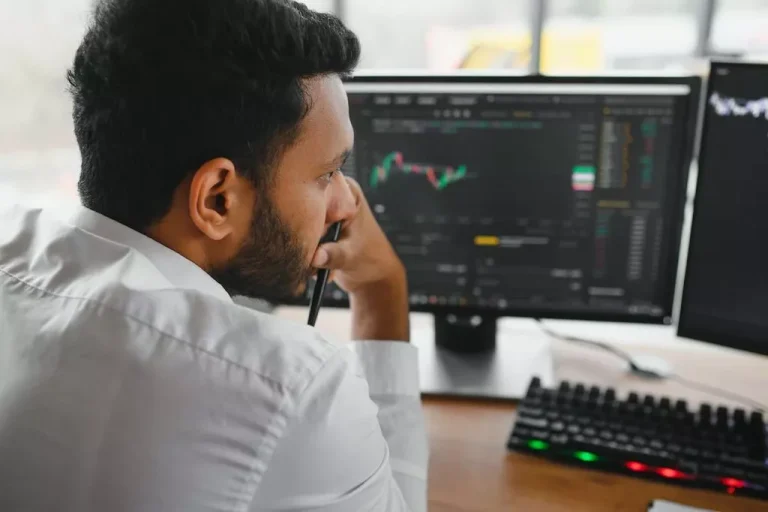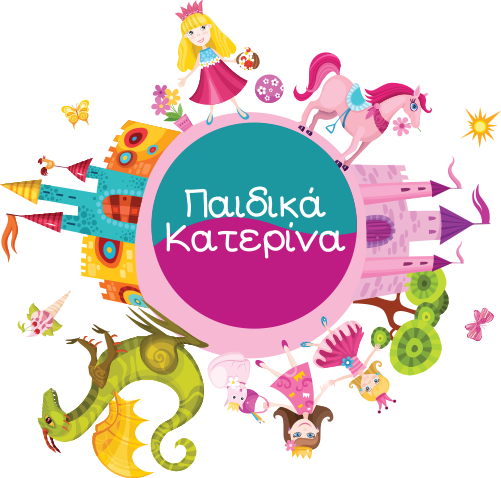FinTech
A Complete Guide on RWA Real-World Assets Tokenization by Oodles Blockchain
Content
As of March 2024, according to data on DefiLlama, Swarm enjoys a TVL of over $5.4 million. As we move towards a more digitized economy, tokenization has the potential to reshape traditional markets, democratize investment opportunities, and rwa crypto foster innovation across various sectors. Embracing this technology can unlock new avenues for growth and efficiency in the global financial ecosystem. Connect with our expert blockchain developers to find out more about real-world asset tokenization.
What are the legal and regulatory implications of tokenizing Real World Assets (RWAs)?
The technological foundation of Maple Finance involves smart contracts for managing loan agreements and automated credit assessments. The award-winning fintech provides compliant tokenization with the open-source ERC-3643 token standard and advanced white-label software solutions for financial institutions. The enterprise-grade platform and APIs unify fragmented onchain and offchain workflows, integrating essential services to eliminate Stablecoin silos to enable seamless issuance, transfer, and management of tokenized securities. Ondo Finance provides blockchain-enabled investment products, including RWA offerings. This value helps to determine the price of a single token created after the tokenization. Real-world assets are taken through off-chain formalization before being made available to the buyer.

Leading RWA Crypto Assets to Watch
Polymesh distinguishes itself by addressing the intrinsic challenges related to governance, identity, compliance, confidentiality, and settlement within the realm of security tokens. This institutional-grade blockchain aims to simplify and secure the process of bringing real-world assets onto the blockchain, thereby fostering a more efficient and transparent market. Its approach combines the trustworthiness of private networks with the openness and transparency of public chains, ensuring a reliable ecosystem for all participants. This integration is key to bringing RWAs like treasuries, real estate, and credit to the DeFi space. They plan to revolutionize how institutions engage https://www.xcritical.com/ with DeFi by introducing Centrifuge Pools, a proposed lending market that promises to bring the traditional financial utilities of RWAs into the on-chain world. You can notice RWA crypto projects gaining more attention for their potential to expand the digital asset ecosystem.
Why RWAs Matter in the Crypto Ecosystem
This guide walks you through the basics, benefits, and groundbreaking potential of blockchain and its impact on the future of the open internet. Remember that in addition to Mantra, Trust Wallet lets you manage and interact with 10M+ crypto assets across 100+ blockchains. In this article, we’ll explain what tokenized RWAs are, how they are created, and how Chainlink is the only platform that can provide a comprehensive solution for fulfilling the requirements of tokenized assets.
Benefits of integrating ComPilot KYC Solutions
Before the tokenization, it’s mandatory to follow all the applicable rules and regulations related to that particular asset. In this case, Special Purpose Vehicles (SPV) are developed to reduce any potential financial risks. RWA projects often launch their own utility token, which is used as a governance token, to allow users to have a direct say on the project’s future direction. It is possible to invest directly in almost all major RWA projects through utility tokens. Blockchain can provide a transparent system for registering and transferring IP rights, which helps reduce disputes and simplifies licensing processes.

ComPilot addresses these regulatory challenges head-on with comprehensive KYC solutions designed to meet the complex demands of RWA tokenization. Through extensive identity verification processes, automated compliance, adaptability to diverse regulations, and continuous monitoring, ComPilot ensures that all transactions are secure and compliant. These solutions are key in protecting investors, maintaining the integrity of the market, and supporting the legal and operational frameworks necessary for successful RWA tokenization. Custodians are vital in Real World Asset (RWA) tokenization, safeguarding and managing digital and physical assets.
Deciding on the type of token—whether fungible (identical and interchangeable) or non-fungible (unique and non-interchangeable)—is a critical step. This also involves selecting the blockchain technology that will host the token, such as Ethereum, Polkadot, or DeFiChain. Each offers different features that could benefit the tokenization process based on the asset’s requirements. The tokenization of these real-world assets refers to the creation of digital tokens (or cryptocurrencies) that represent ownership or a stake in these real-world assets.
- You can create your token in a few minutes with no coding or any blockchain knowledge.
- The first assumption that comes to mind upon reading “real-world assets” is that it represents any physical asset in the real world.
- This democratizes access to investment opportunities, allowing a broader range of investors to participate.
- Tokenization facilitates new modes of investing in raw materials and agricultural products.
- Polkadot’s unique architecture, built around parachains and with the latest updates including elastic scaling and async backing, provides a scalable and interoperable ecosystem for RWA projects.
Learn how to secure your project’s future with tools like Bitbond’s Token Tool while mitigating risks and maximizing transparency. Real World Assets (RWAs) are becoming a vital part of the evolving crypto landscape, bridging the gap between traditional finance and decentralized finance (DeFi). Their platform integrates with protocols like MakerDAO, allowing real-world assets to be used as collateral for stablecoin minting. The crypto projects driving the tokenization of RWAs are at the forefront of revolutionizing the investment landscape. As the crypto market continues to gain traction, tokenization is set to play a pivotal role in mainstream adoption and investor empowerment. Tokenization opens up global markets, enabling investors from different parts of the world to participate in asset ownership and trading, overcoming geographical barriers.
Xcavate is revolutionizing the property investment market by tokenizing real estate assets on Polkadot. It’s a decentralized and community-driven protocol that aims to bring greater transparency, accessibility, speed, and efficiency to the global real estate sector. Xcavate’s platform allows users to purchase fractional ownership of properties, spreading risk and reducing the barrier to entry, while also providing voting rights to control how the properties are managed. RWAs represent a wide range of physical assets, such as real estate, precious metals, artwork, intellectual property, and commodities. By tokenizing these assets on the blockchain, we unlock new possibilities for liquidity, transparency, and accessibility in traditionally illiquid markets.
However, it wasn’t until the Ethereum blockchain’s launch in 2015 that tokenization found a more versatile platform. As of March 2024, the total market cap of RWA coins exceeds $8.4 billion, according to Coingecko. By embracing RWA tokenization, the Polkadot ecosystem can unlock new levels of liquidity, transparency, and accessibility in traditionally illiquid markets. This will not only benefit investors and asset owners, but also drive global inclusion and democratizes access to new investment opportunities. RWA tokens rely on blockchain technology, which offers transparency and secure ownership records.
Instant transfers and programmability are among the main benefits made possible by DLT. From remittance to securities settlement, the applications for tokenized cash are endless. Many blockchain-based payment systems will emerge thanks to permissioned tokens and cost-efficient networks. Blockchain has grown far beyond its roots in cryptocurrency, reshaping industries from finance to healthcare.
As the demand for asset-backed tokens grows, understanding the key platforms, tokens, and stablecoins in this space is essential. Tokenization of real estate allows investors to purchase tokens representing shares in a property. For instance, a $10 million building can be divided into 1 million tokens worth $10 each, allowing more investors to participate.
This includes defining the rights and responsibilities of token holders and ensuring compliance with existing regulatory frameworks. This transformation is not just a technical undertaking but also involves a regulatory process to ensure the tokens accurately and legally represent ownership of real-world assets. This comprehensive guide explores the meaning, benefits, and best practices of locked liquidity, offering insights for developers and investors alike.
We help tech companies and VC-ready startups from pre-seed to Series B launch utility tokens.

